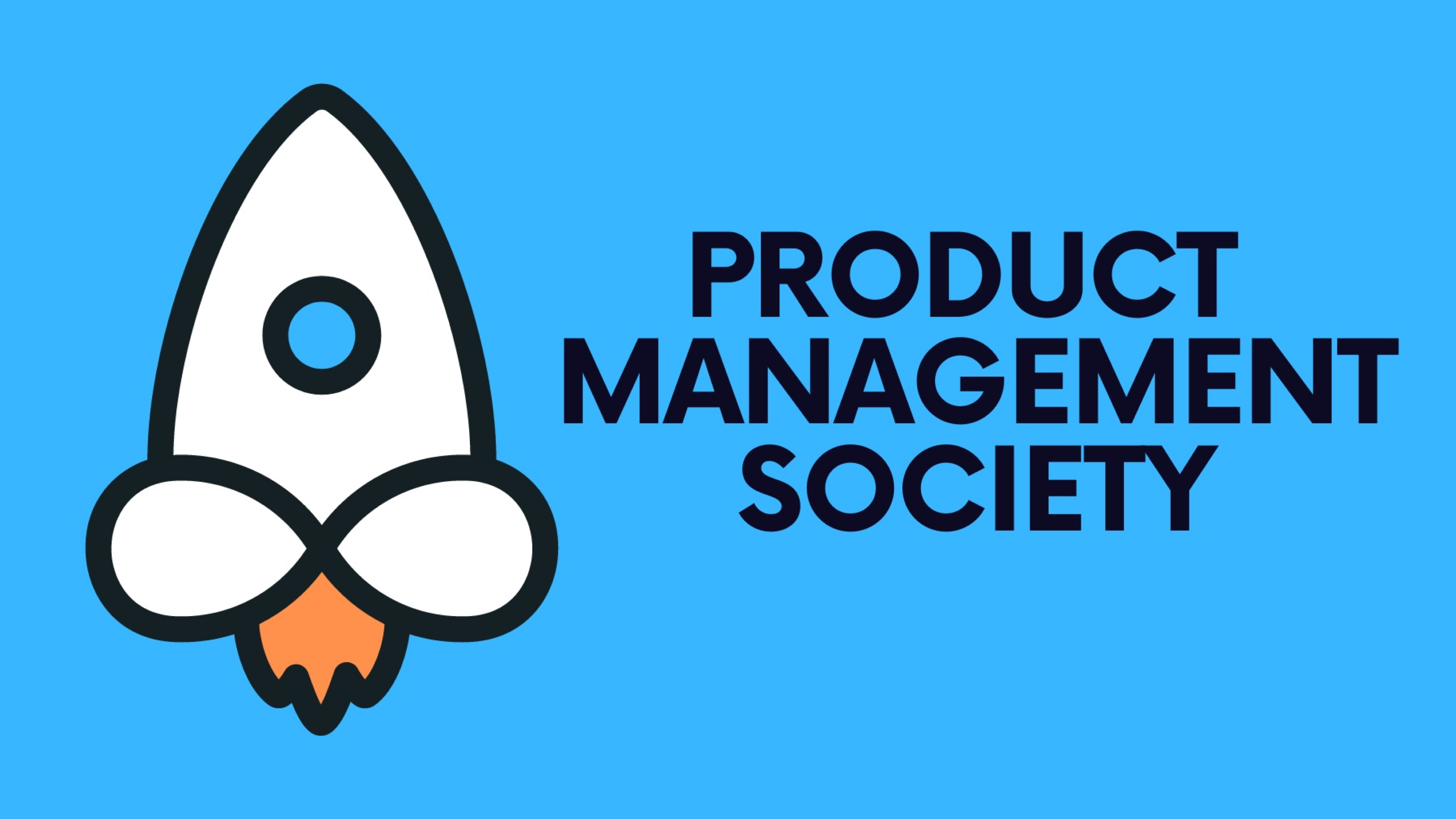Market research is the compass that guides product managers (PMs) through the complex landscape of user needs, competitive environments, and emerging trends. This article unveils the basics of market research, offering aspiring PMs a foundation to build products that resonate with their audience.
1. Understanding Market Research
Market research is the systematic gathering, recording, and analyzing of data about issues relating to marketing products and services. The goal is to identify and assess how changing elements of the market impact customer behavior.
Thanks for reading Product Management Society! Subscribe for free to receive new weekly posts 🚀
2. The Two Types of Market Research
- Primary Research: This is about collecting data directly from the source. It involves surveys, interviews, focus groups, and observations. Primary research provides insights into your specific questions tailored to your products.
- Secondary Research: Involves analyzing data that has been collected by others. It includes industry reports, market statistics, and academic research. Secondary research helps to understand broader market trends and supports your primary research findings.
3. Steps in Conducting Market Research
a. Define Your Research Objective: Clearly identify what you want to learn from your market research. This could range from understanding customer preferences to gauging interest in a new feature.
b. Choose Your Research Method: Decide between primary and secondary research methods based on your objectives, resources, and timeline.
c. Collect Your Data: Utilize surveys, interviews, or review existing reports and datasets to gather the necessary information.
d. Analyze the Data: Look for patterns, trends, and insights that can inform your product decisions. Tools and software can aid in this analysis, especially for large datasets.
e. Report Your Findings: Summarize your research in a way that is actionable for your team and stakeholders. Include key insights, recommendations, and potential impacts on the product strategy.
4. Market Research Tools and Resources
There are numerous tools available to assist with market research, ranging from survey platforms like SurveyMonkey and Google Forms to analytics tools like Google Analytics. Secondary resources include industry reports from companies like Gartner or Nielsen.
5. Applying Market Research in Product Management
Market research informs every stage of the product management process, from ideation to development to launch. Use your findings to:
- Validate product ideas before committing resources to development.
- Understand your target audience by creating detailed customer personas.
- Position your product effectively against competitors.
- Identify opportunities for innovation within the market.
Conclusion
Market research is an invaluable skill for aspiring product managers. It provides the evidence-based insights needed to make informed decisions, ensuring that products meet the market's needs and preferences. By mastering the basics of market research, you're laying the foundation for a successful career in product management.
Stay tuned for our next article, "Introduction to Agile Methodology in Product Management," where we'll explore how agile practices can enhance the product development process.
If you’re finding this newsletter valuable, consider sharing it with friends, or subscribing if you aren’t already. Also, consider coming to one of our Meetups and following us on LinkedIn ✨
Thanks for reading Product Management Society! Subscribe for free to receive new weekly posts 🚀







